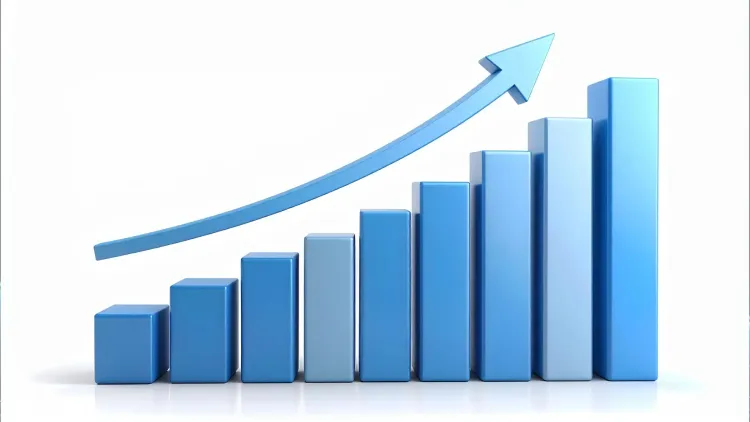Is India’s Manufacturing PMI Surging to a Two-Month High of 58.4 in October?

Synopsis
Key Takeaways
- Manufacturing PMI reached a two-month high of 58.4.
- Strong domestic demand is fueling growth.
- GST rate cuts are positively impacting the manufacturing sector.
- Challenges from U.S. tariffs continue to affect exports.
- Overall economic expansion is still observed.
New Delhi, Oct 24 (NationPress) India’s manufacturing sector has shown a remarkable resurgence in October, as the HSBC Flash India Manufacturing Purchasing Managers’ Index (PMI) climbed to a two-month peak of 58.4, up from 57.7 in September, according to a report released on Friday.
The statistics compiled by S&P Global reveal that the manufacturing domain is expanding steadily, fueled by robust domestic demand and diminishing cost pressures.
This uptick in the manufacturing PMI signifies better business conditions, driven by an influx of new orders, enhanced production, and stable employment rates.
HSBC’s Chief India Economist, Pranjul Bhandari, noted that the recent cuts to GST rates have played a crucial role in stimulating domestic demand while managing input costs effectively.
Furthermore, she emphasized that both new orders and output remain above the averages recorded between January and July.
“The HSBC Flash Manufacturing PMI has seen a slight increase, likely due to the GST rate reductions that are bolstering domestic demand and alleviating cost pressures,” Bhandari remarked.
Nevertheless, challenges related to exports remain, primarily due to U.S. tariffs that continue to negatively impact new export orders and future business outlook.
“While new orders and output exceed the January–July averages, the US tariffs are still a significant drag on new export orders and optimism, which are below the January–July averages,” she added.
Simultaneously, the HSBC Flash India Composite Output Index, which assesses the combined performance of manufacturing and services sectors, dropped to 59.9 in October from 61.0 in September.
Despite this decline, the seasonally adjusted index remains significantly above the neutral 50-mark, indicating ongoing economic growth, albeit at a slower rate.
Experts contend that this strong rebound in manufacturing reflects the ongoing resilience of domestic demand and industrial activity as we approach the final quarter of the year.









